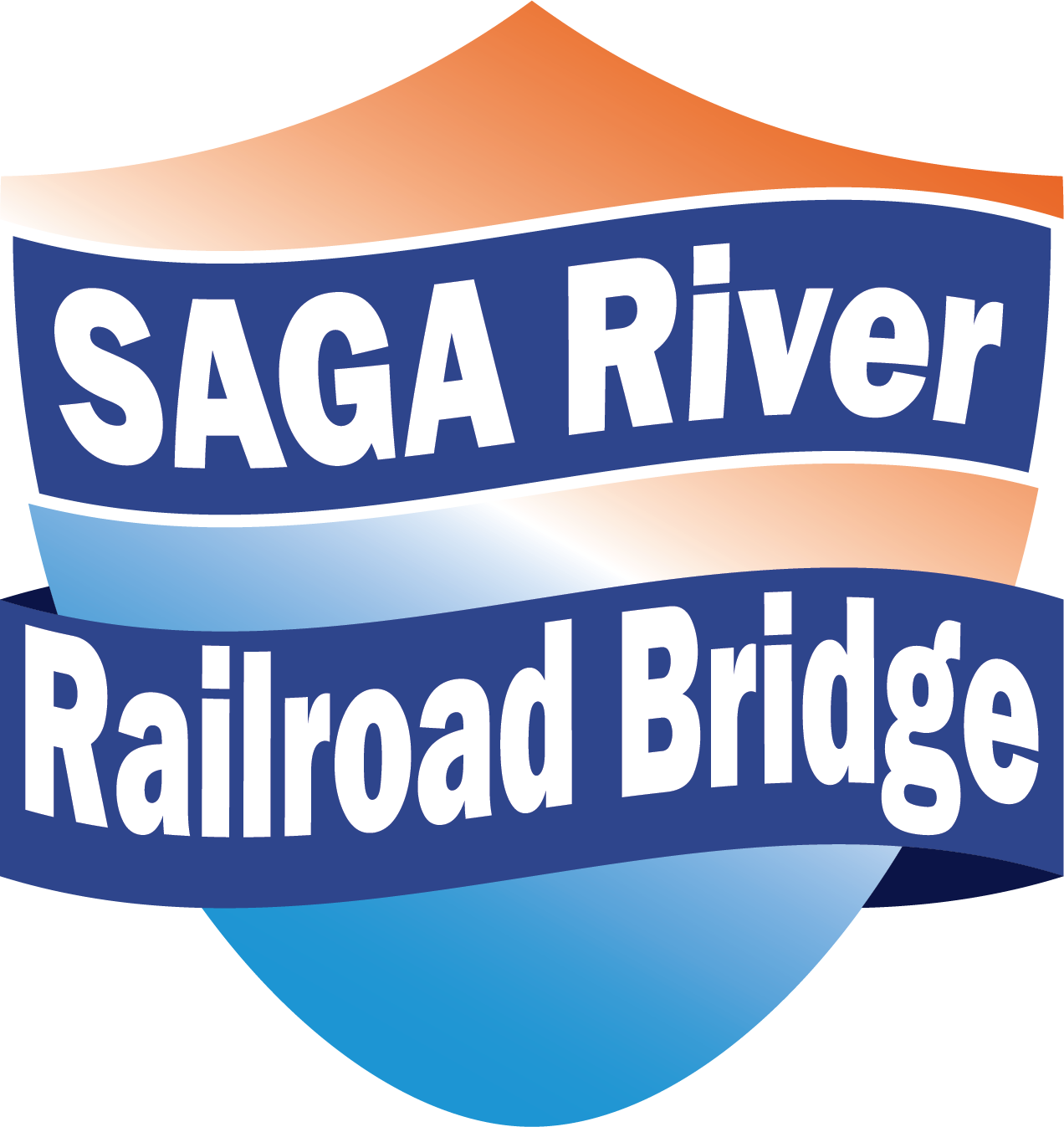What is this project about?
The Connecticut Department of Transportation (CTDOT) is considering various options for the future of the SAGA River Railroad Bridge. Due to the age and condition of the structure, including the mechanical and electrical components, replacement or rehabilitation of the structure is being considered. The moveable bridge is operated for periodic testing, however bridge openings for marine traffic are virtually non-existent.
Why do we need a Study?
This Feasibility Study will produce a Fixed Bridge Evaluation Report and an Environmental Report. The Fixed Bridge Evaluation Report will assess the practicality of replacing the existing moveable bridge with a fixed structure. The Environmental Report will identify key environmental factors that may be affected by replacing or rehabilitating the existing moveable bridge. This Study will be used to identify transportation issues, priorities, and environmental concerns associated with the Project that can be used in future planning and will aid in minimizing the duplication of work.
What other options besides a Fixed Bridge are under consideration?
A Fixed Bridge is one of many options being considered for SAGA River Railroad Bridge improvements. Additional options include No Build (keep the structure as is), Bridge Rehabilitation, and a New In-Kind Moveable Bridge Replacement. These options will be carried through in the National Environmental Policy Act (NEPA) and Connecticut Environmental Policy Act (CEPA) processes.
Is the study part of the TIME FOR CT Program?
The SAGA River Railroad Bridge Feasibility Study is a component of the TIME FOR CT Program which is an actionable plan to deliver safe, reliable, and fast train service for Connecticut based on a comprehensive analysis. TIME FOR CT is an $8 to 10 billion investment that is the down-payment for higher-speed rail service throughout Connecticut. The plan is built on three pillars: service, infrastructure, and fleet. Together this will result in faster trip times across the Connecticut rail network; expanded and more direct service between Connecticut cities; updated and rebuilt track, signals, and structures; and new state-of-the art rail cars.
What other projects are in TIME FOR CT Program?
For more information and a detailed map of the TIME FOR CT projects click here.
Will this Study consider improving travel speeds for Metro-North passengers in the Future?
Yes. Commuter travel speeds are dictated by a tracks maximum authorized track speed (MAS). The feasibility of increasing the MAS through the project area (from CP 243 to CP 248) will be studied on a broader level. Replacing the movable bridge with a fixed ballasted deck structure eliminates miter rail joints and the existing 45 mph speed restriction over SAGA River Railroad Bridge. The feasibility of increasing MAS to as much as 110 mph will be evaluated.
What would be some benefits of a Fixed Bridge option?
Typically, the construction of a fixed bridge would be more cost-effective than constructing a moveable structure due to a lower initial construction cost, as well as savings associated with lower maintenance cost and long-term operational costs over the lifetime of the structure.
What factors must be considered in the Study?
A new Fixed Bridge over the Saugatuck River may require raising the railroad track profile to provide an acceptable clearance for marine traffic under the new bridge structure. Raising the rail profile at the new structure would also require a raise at the east and west approaches to the SAGA River Railroad Bridge.
To evaluate the feasibility of a new and higher track profile, the study will consider a wide range of factors including impacts including, but not limited to:
- Saugatuck River
- Westport Station, located immediately west of the Saugatuck River crossing
- Bridge structures immediately west of the Saugatuck River crossing (Ferry Lane and Saugatuck Avenue)
- Bridge structures east of the Saugatuck River crossing (Compo Road and Hales Road)
- Public and private property
- Railroad catenary, traction power, signal, and communications systems
- Eversource transmission lines located through State of Connecticut property
- Pedestrian access
- CCTV security cameras on and below the bridge
